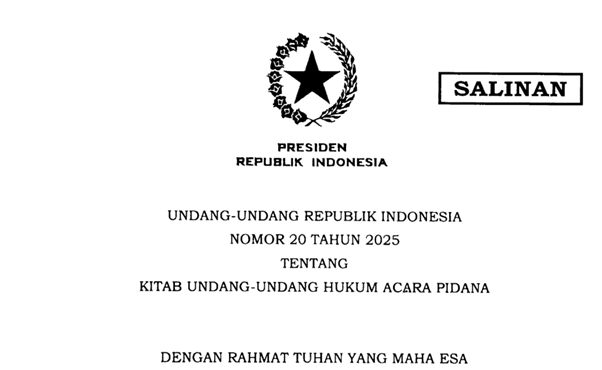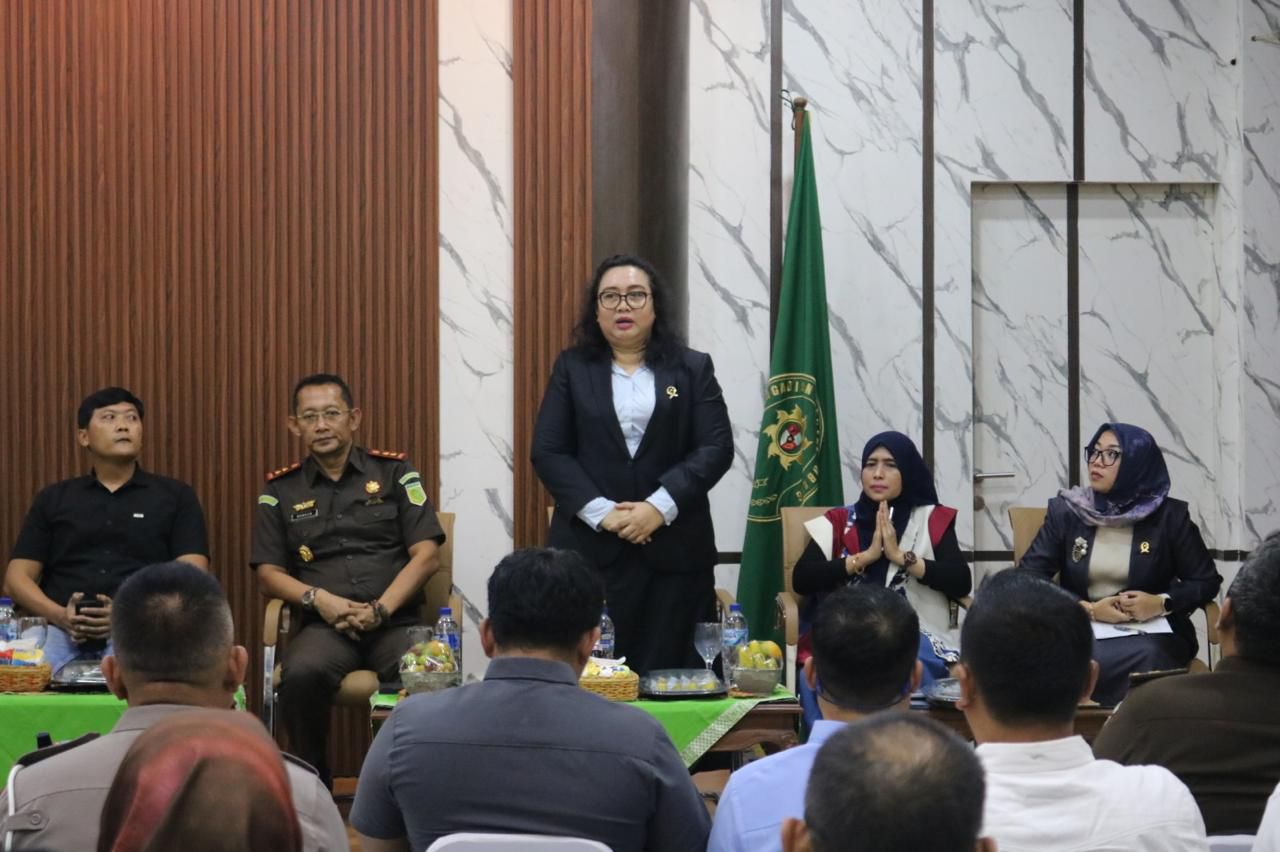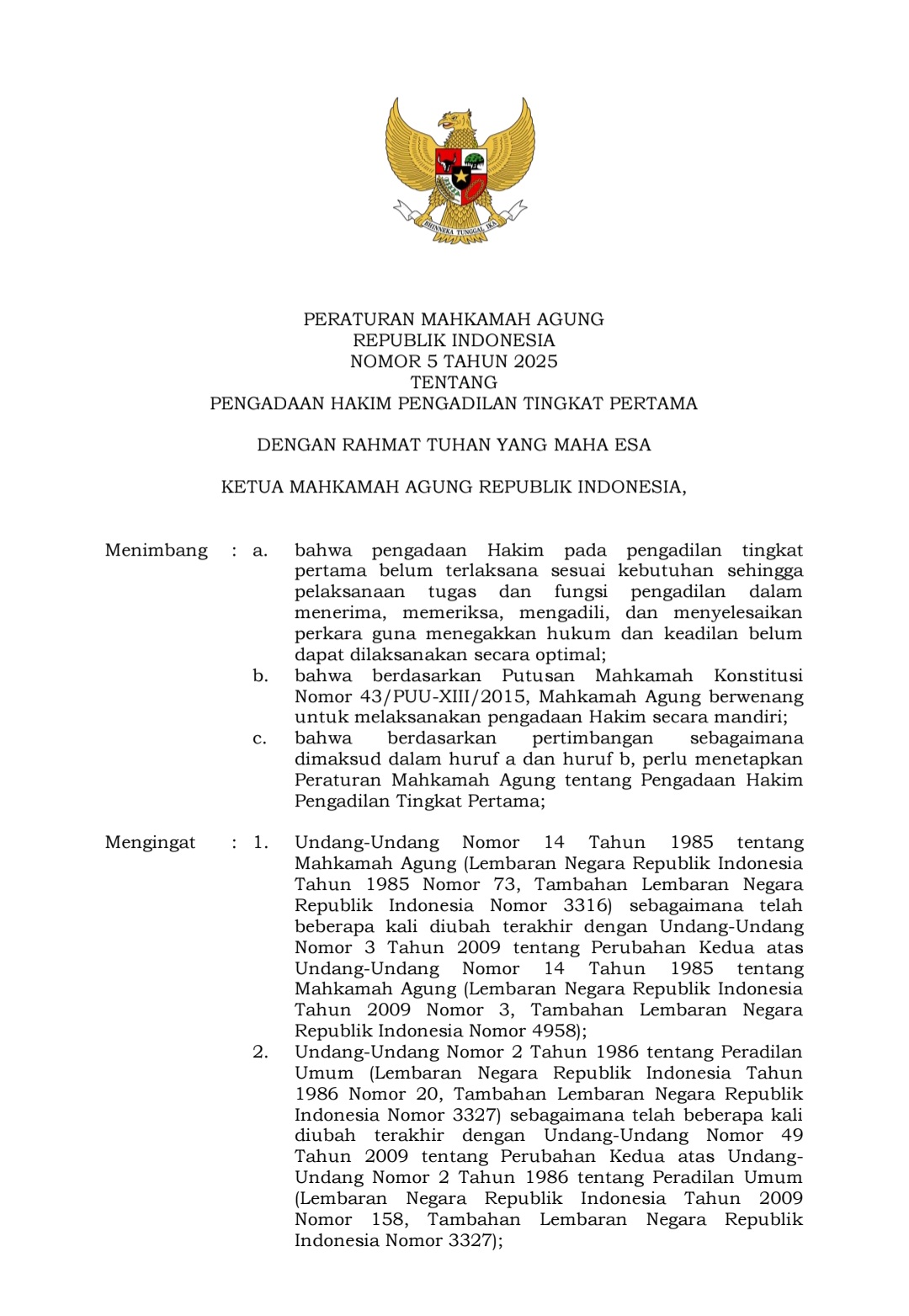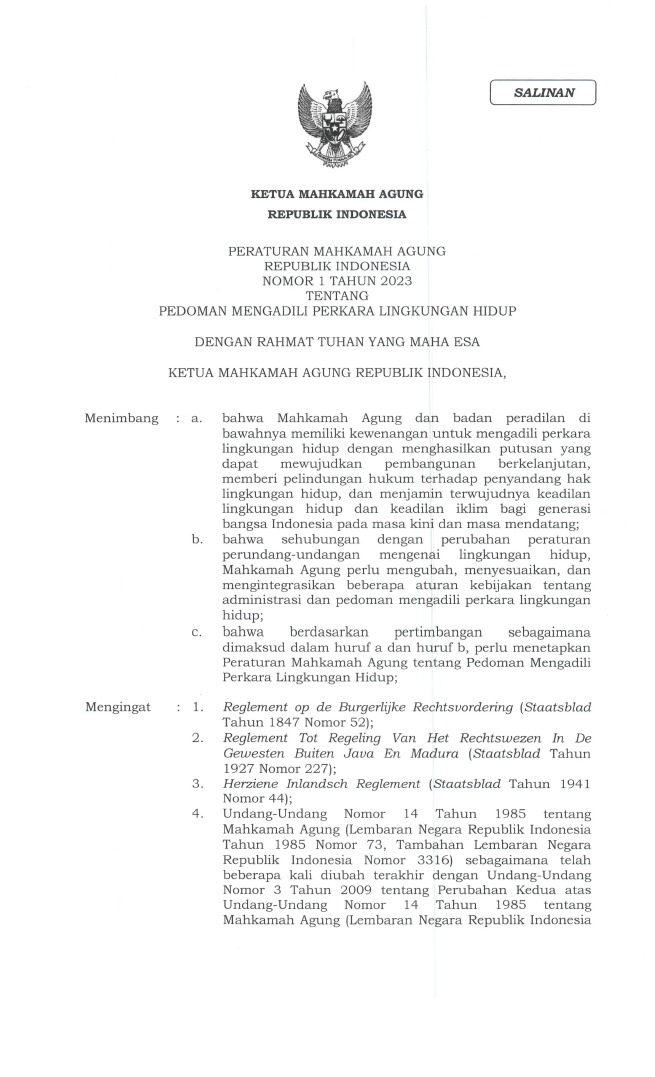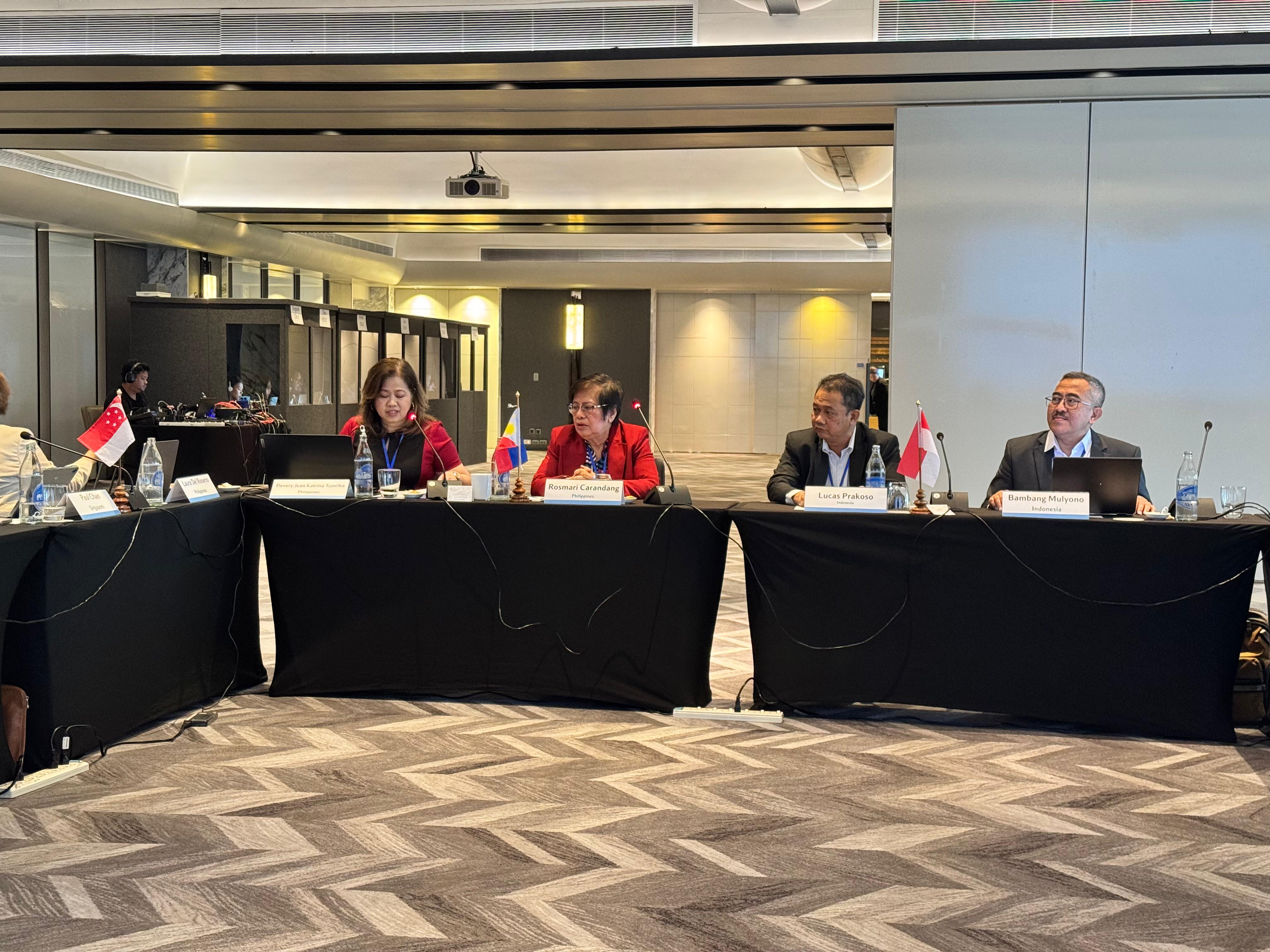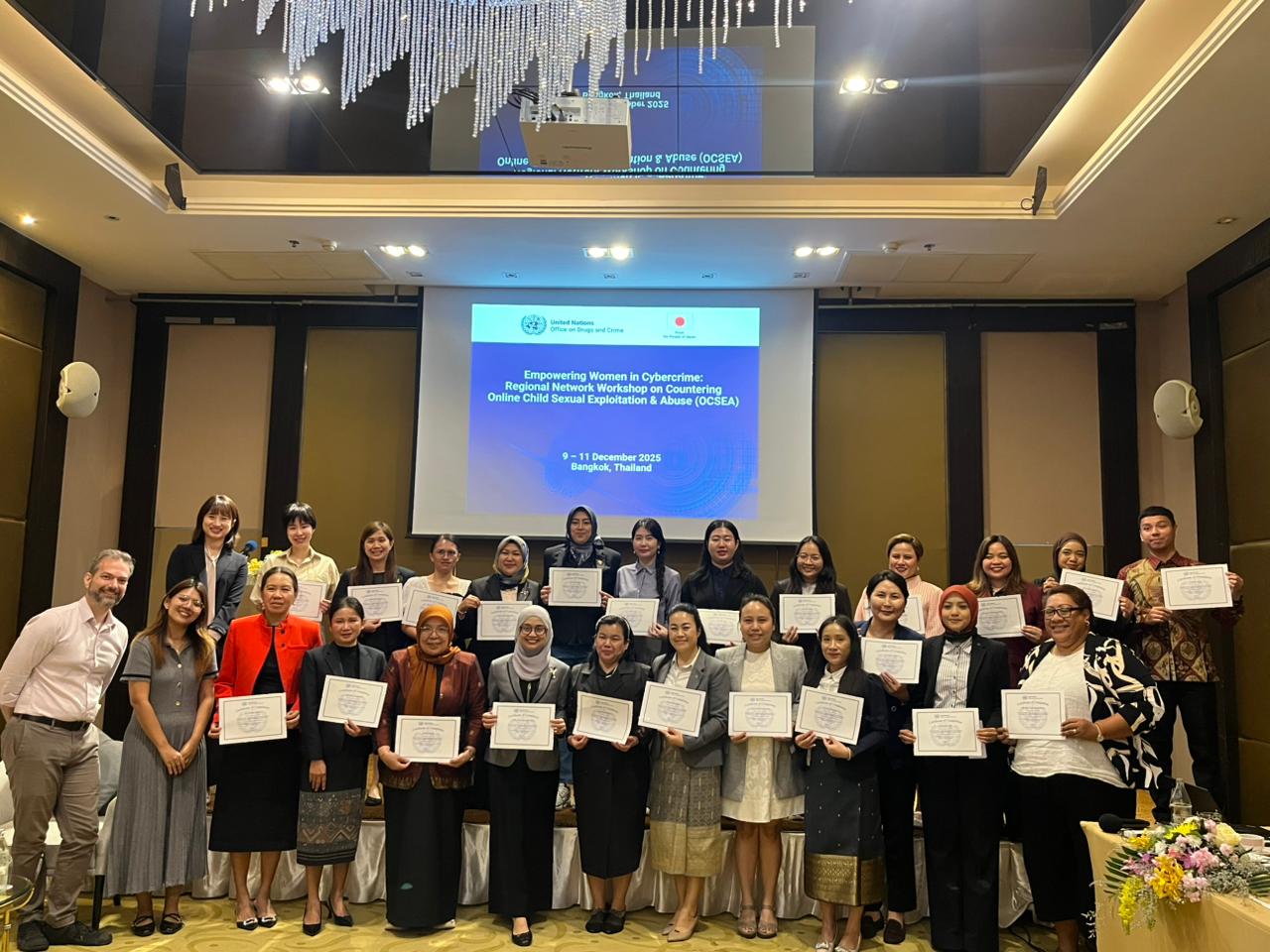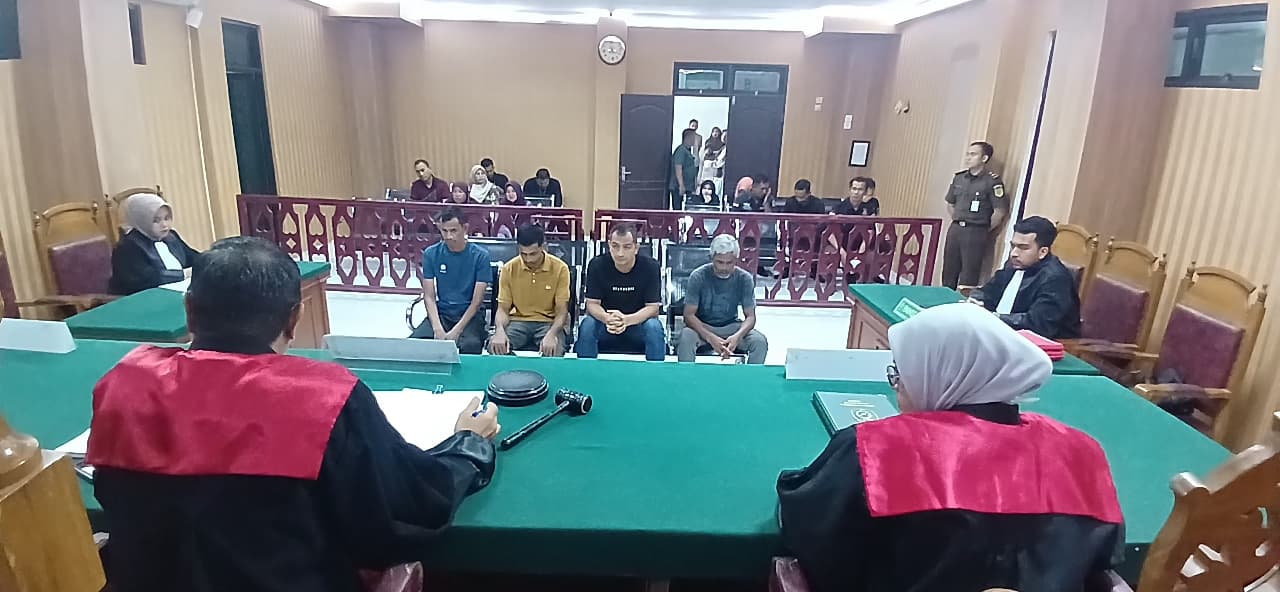Background
Judge Napaskamol Tantawong, a distinguished jurist from Thailand, holds a Bachelor of Laws from Thammasat University and Master of Laws degrees from American University and the University of Florida in the United States. Her academic development includes specialized legal training at Harvard University and Ritsumeikan University. She began her legal career as an attorney before her appointment as a judge in the Southern Bangkok Criminal Court in September 2013. Since April 2025, she has served at the Office of the President of the Supreme Court. Her scholarly interests center on Law and Economics, with particular emphasis on Digital Assets and Financial Technology.
Introduction
Baca Juga: Judicial Challenges in Dealing with Cryptocurrency
The cryptocurrency industry in Thailand has seen notable growth, with investors representing more than five percent of the population. Regulatory efforts have been initiated to oversee cryptocurrency activities more effectively, i.e., the enactment of the Emergency Decree on Digital Asset Businesses B.E. 2561 (2018), implementing a licensing regime supervised by the Securities and Exchange Commission (SEC), classifying cryptocurrency-related business operators as financial institutions under the Anti-Money Laundering Act B.E. 2542 (1999), and updating the Revenue Code to better address income from cryptocurrency activities. However, challenges have arisen regarding enforcement against pump-and-dump schemes and the dissemination of false information, as market manipulators exploit technology.
Hypotheses
My goals are to create a list of information types and sources considered by investors; develop lists of trusted information sources; explore the relationships between cryptocurrency-investing experience, general-investing experience, investor sophistication, mandatory disclosures, harsh anti-market manipulation rules, and reliance on alternative information sources; and examine the interaction between mandatory disclosure and harsh anti-market manipulation rules.
Participants
began by reading instructions, providing consent, and answering two initial
questions, followed by identifying themselves as one of nine investor types.
They then responded to prompts about their investment background and
cryptocurrency knowledge. Next, they were randomly placed into one of four
groups, each exposed to a distinct regulatory scenario involving varying
combinations of licensing, disclosure requirements, and anti-market
manipulation rules. To conclude, participants answered attention-check
questions and evaluated both the types and sources of information presented.
The required sample sizes for multiple regression, ANOVA, and the non-experimental part are 138, 210, and 385, respectively. Since the largest number required is 385, I use a sample size of 400 so that each of the four groups (2x2 factorial design) will have an equal number of 100 respondents.
![]()
|
|
Unstandardized Coefficient |
Standardized Coefficient |
|
|
95% Confidence
Interval for B |
|
|
Model |
B |
|
Standard
Error |
p |
Lower
Bound |
Upper
Bound |
|
(Constant) |
0.638 |
|
0.072 |
<.001 |
0.496 |
0.781 |
|
logCIE |
-0.045 |
-0.204 |
0.013 |
<0.001 |
-0.07 |
-0.02 |
|
logGIE |
0.011 |
0.079 |
0.008 |
0.165 |
-0.005 |
0.027 |
|
logSL |
-0.037 |
-0.079 |
0.025 |
0.136 |
-0.086 |
0.012 |
|
Disclosure |
-0.026 |
-0.096 |
0.02 |
0.195 |
-0.065 |
0.013 |
|
MMR |
-0.028 |
-0.104 |
0.02 |
0.169 |
-0.068 |
0.012 |
|
Dis*MMR |
0.027 |
0.089 |
0.028 |
0.338 |
-0.029 |
0.083 |
Discussion
Investors information preferences can be elucidated by examining their alignment with different investor types. For instance, although speculators and day traders may similar investment objectives, their objectives are fundamentally at odds with those of hodlers, resulting in distinct preferences amongst these groups. Most investors consider whitepapers a primary resource. Most holders meticulously evaluate adoptions, use cases, and whitepapers. This group mirrors value investors who retain cryptocurrencies as a long-term asset. Conversely, speculators and day traders predominantly focus on market/price trends. Their approach aligns with their expected buy-low
Policy Recommendations
With limited resources,
policy makers should prioritize information types such as market/price trends,
adoption, and use cases, as investors highly value these. They need to ensure
the accuracy of this information by preventing trading volumes or price
movements resulting from manipulative practices, such as wash trading or
pump-and-dump schemes. Strengthening the enforcement of existing regulations
and reviewing enforcement records is crucial for assessing efficiency.
Additionally, regulators must have the necessary expertise and technology to
detect and combat advanced manipulative tactics.
Policy makers should focus on
sources like whitepapers, blockchain developers, and online discussion
platforms. To prevent misinformation, cryptocurrencies being traded must have
an accurate whitepaper that uses non-technical terms, providing essential
project information and details about the founders or developers of the
The inverse correlation between investor sophistication and dependence on alternatives indicates that sophisticated investors utilize alternative information sources to a lesser extent. Policymakers should explore various knowledge assessments and methodologies to improve cryptocurrency literacy among investors, establish a passing criterion, identify knowledge gaps through data collection, and concentrate on educating investors in areas of deficiency to enhance overall decision-making capabilities.
Conclusion
Although mandatory disclosure and stringent anti-market manipulation rules may not immediately affect investor behavior regarding information reliance, they can enhance the overall information environment. Ensuring the accuracy and quality of information will ultimately benefit all investors in the future. However, implementing these rules necessitates supervision and enforcement, and the associated costs need to be justified with more evidence.
*This article is excerpt from my doctoral dissertation in completion of the JSD program at the University of Illinois at Urbana-Champaign.
Untuk Mendapatkan Berita Terbaru Dandapala Follow Channel WhatsApp : Info Badilum MA RI

